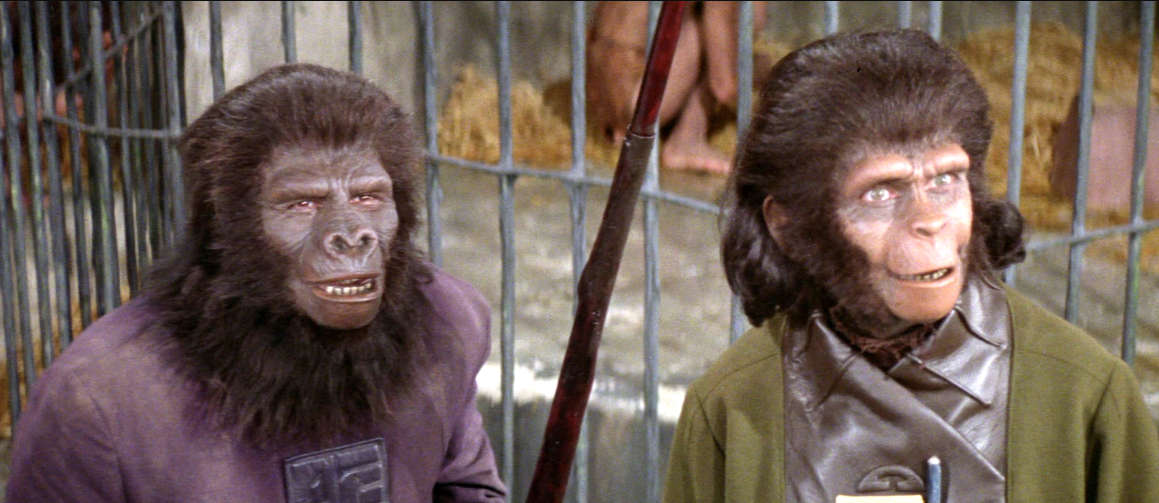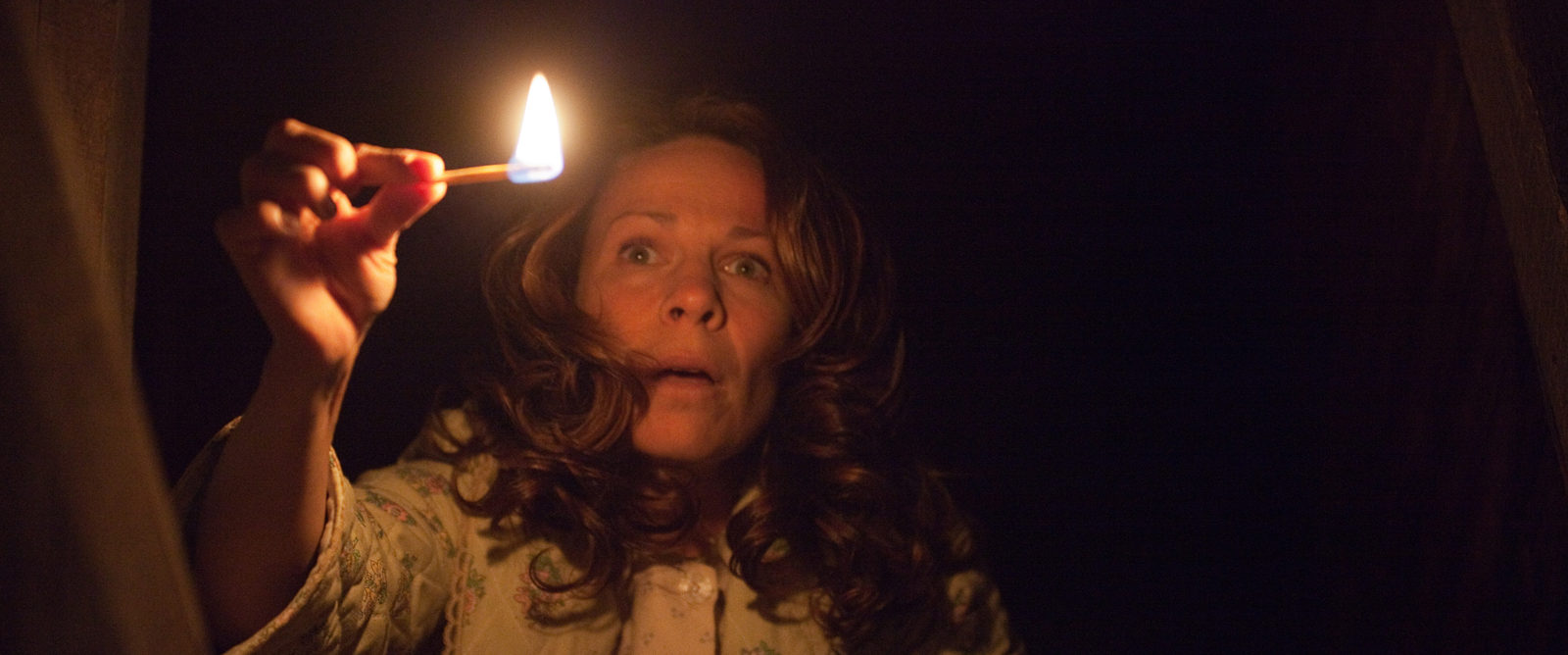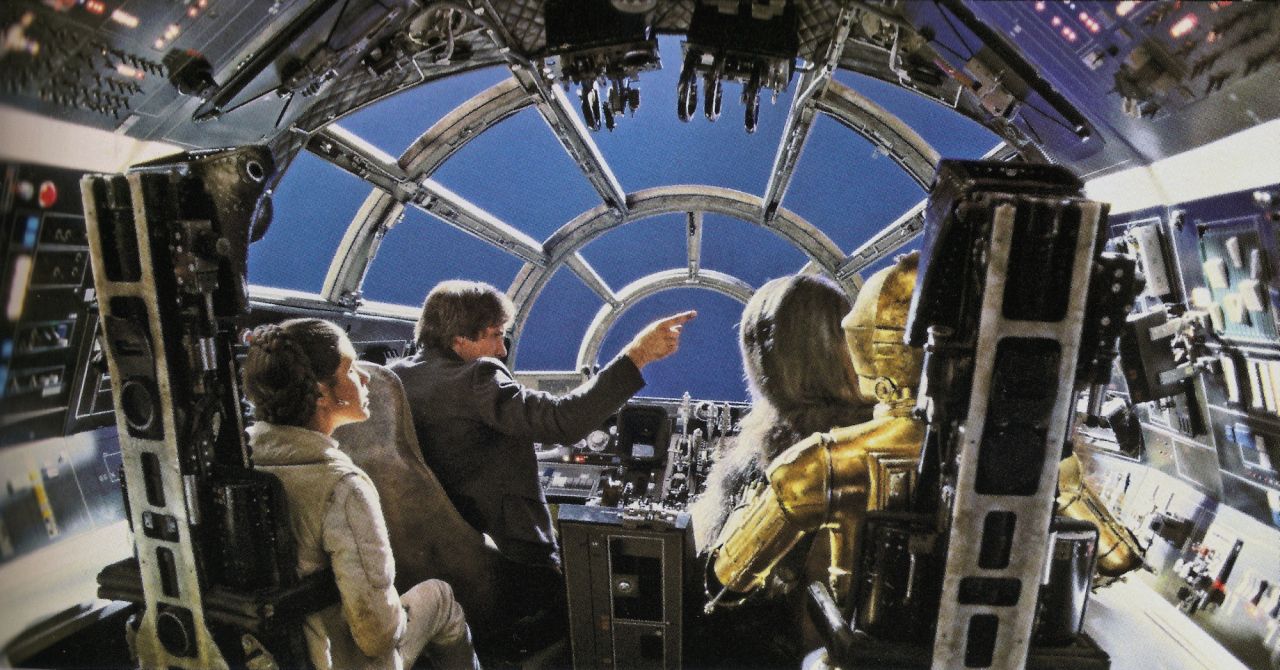In Blade Runner (dir. Ridley Scott, 1982), one scene which stood out for me was the death of Zhora, one of the escaped Replicants. This scene occurs around half way through the film, and is significant for a number of different reasons.
The costumes used in this scene are very different for the characters of Zhora and Deckard. Deckard wears a long coat and scruffy clothes, which is quite a simple outfit. This reflects the typical costumes that detectives would wear in this neo-noir genre of film. On the other hand, Zhora’s outfit seems more futuristic, due to the see-through coat she’s wearing. Both costumes have elements of eighties clothes in them, but also futuristic qualities to them, which both sets the scene of 2019 but keeps it grounded in reality for the 1982 audience. The costume designer for this film – Michael Kaplan – would have thought carefully about the costumes for each of these characters. Deckard’s costume has been used to reflect his personality as a Blade Runner, while Zhora’s strange style makes her easily identifiable to Deckard. The detail that has gone into these costumes helps to immerse the viewer into the advanced society, making it more believable for them.
In this scene, there are also lots of extras, making the city street seem very overcrowded. This is important, as it helps the audience to imagine the city life in future Los Angeles, which makes it more realistic for them. Also, the confusing noises and sounds of a typical street help to increase the believability of this scene for the audience, as normally a futuristic world would be difficult to imagine. Many of the extras featured in this scene are wearing clothes that would be typical of Eastern cultures, such as China. This is because, in the film, these cultures have become more prominent in America as the countries became more wealthy. Some of the props that the extras use also help to remind the reader of the futuristic society that is in place – for example the man with flashing glasses or the man whose umbrella has a light in it.
As Zhora falls through the series of glass panes, there is harsh neon lighting which fills the screen. This helps to capture the scene, as it contrasts against her dying. Again, it creates verisimilitude for the audience by making the world of 2019 Los Angeles more real for them. The heavily lit background around Zhora also contrasts the darkness that surrounds Deckard. This section of the scene also has sad music in the background while Zhora is dying. This could have been used as a way to show Deckard’s empathy for Zhora, as he didn’t really want to hunt the Replicants down at the start of the film. It helps to create a poignant tone to the scene, and makes the audience feel sorry for Zhora, even though she is just a Replicant.
In the background of this scene, there are also some neon advertising signs, for example the Atari sign. These small details in the set design make the city appear to be well thought out by the designers involved in production. It also adds a bit of context for the audience, as it helps them to understand the culture of the 2019 society. There are many neon signs with Chinese writing on them, as well as many umbrellas designed like traditional Chinese paper umbrellas. This is anther way of showing the audience the Eastern cultures that have dominated the society.
The moments when Zhora is shot are in slow motion, emphasising her fear that she feels just before she dies. It also could be representing how she is helpless to do anything in this situation. The fact that it is in slow motion means that the flickering of the neon lights are captured more than they would have been otherwise. However, this is quite effective, as it adds a dreamlike quality to the scene, making the audience relate to the suffering that Zhora faces in her last moments. The sound of gunshots bring the scene back to reality, rather than allowing the dreamlike qualities of it become too intense.











